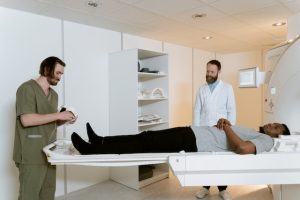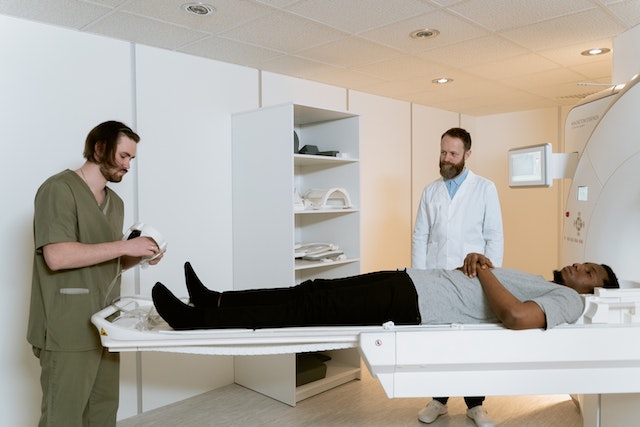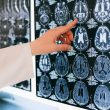Introduction: How Physical Examination Helps Doctors Identify Health Problems
Physical examination is a vital component of the diagnostic process in healthcare. A systematic evaluation means that the doctor will go through a specific process to examine your body and look for any signs of illness. Here’s a complete guide that explores how physical examination helps diagnose medical conditions. It highlights why it’s crucial for doctors to pay attention to details like observing closely, feeling for abnormalities, and using various techniques during examinations.
The Art of Observation: Uncovering Clues through Visual Assessment
Observing is a very important part of examining someone physically. By carefully observing how a patient looks in general, the color of their skin, the way they stand or sit, the expressions on their face, and other things they notice visually give healthcare professionals helpful hints about possible health problems. Pictures and talking to the doctor help them find out more information.
The Power of Palpation: Detecting Abnormalities by Touch
Using touch to examine different body structures is called palpation. We can feel things like organs,muscles,joints,and lymph nodes. Healthcare professionals can find problems, sore spots, lumps, or changes in how things feel by touching different places. Using this hands-on method helps doctors gather important information to identify diseases like infections, tumors, inflammation, or when organs are larger than they should be.
Assessment Techniques: The process of diagnosing includes using tools like listening and percussion.
Physical examination includes assessment techniques beyond observation and palpation. Listening to the body sounds through auscultation, such as heart sounds, lung sounds, or bowel sounds, can reveal important diagnostic information. Percussion, which involves tapping body surfaces to elicit sounds, helps assess the underlying structures and detect abnormalities. Additionally, specialized diagnostic tools like stethoscopes, ophthalmoscopes, reflex hammers, and blood pressure cuffs further enhance the diagnostic capabilities during physical examination.
The Diagnostic Process: Integrating Physical Examination into Comprehensive Care
Physical examination is an integral part of the diagnostic process, working synergistically with other diagnostic tests and patient history. By combining the results from looking at the patient’s body with tests, pictures, and what the patient says, doctors can understand how healthy the patient is.

To diagnose someone, doctors follow a careful process that looks at their medical history, what the doctor sees during the check-up, and any test results. By analyzing all available information, healthcare professionals can make accurate diagnoses, develop tailored treatment plans, and monitor the effectiveness of interventions.
Conclusion
Physical examination plays a significant role in diagnosing medical conditions, providing healthcare professionals with valuable information to guide accurate diagnoses and effective treatment plans. By watching, touching, listening, tapping, and using other ways to check, doctors can find important hints and discover problems that might not be seen with just other tests.
Patient outcomes can be enhanced when healthcare professionals value physical examinations as an important part of comprehensive care. When doctors carefully and skillfully examine patients, it can help them identify diseases and communicate better.












